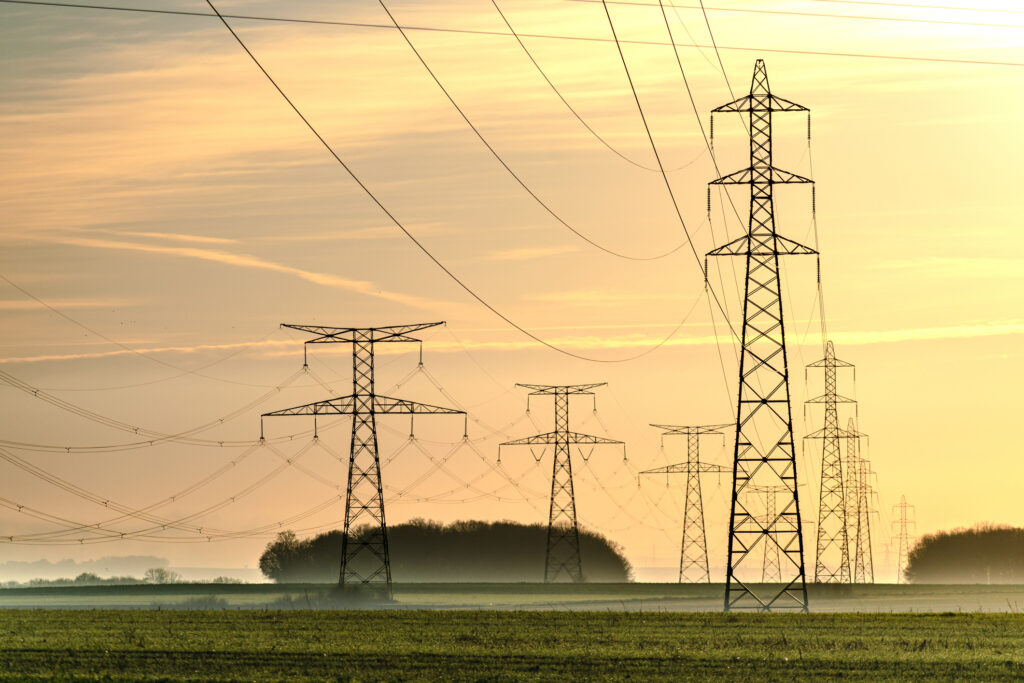A widely cited study purporting to show oil and gas operations using hydraulic fracturing, also known as fracking, cause serious air-quality issues suffers from “significant flaws,” a new report has found.
Environmental Health in October 2014 published “Air Concentrations of Volatile Compounds Near Oil and Gas Production: A Community-based Exploratory Study,” by Gregg P. Macey of the Center for Health, Science, and Public Policy at the Brooklyn Law School. The study garnered substantial media attention. US News and World Report, for example, said the Macey report showed “Eight poisonous chemicals were found near wells and fracking sites in Arkansas, Pennsylvania, Colorado, Ohio, and Wyoming that far exceeded recommended federal levels.”
New York’s Acting Commissioner of Health, Dr. Howard Zucker, cited the Macey study as a key reason he advised Gov. Andrew Cuomo (D) to ban fracking in the state.
Study Is ‘Deeply Flawed’
Rich J. Trzupek, a chemist with Illinois-based Trinity Consultants, examined the Macey study and found it to be “deeply flawed.”
Trzupek’s assessment notes the study employed “citizen samplers” to gather air quality samples near oil and natural gas production sites. Trzupek points out the sampling methodology and collection techniques, comparative relationship between fracking and air quality standards, and the study’s conclusion were all done without peer-review.
“Had the peer-review process included these, and other problem areas, an impartial reviewer should have concluded it is deeply flawed,” Trzupek said.
Problem Areas
Trzupek identified numerous problems with the Macey study. The study did not examine air quality during fracking operations, instead examing air quality near certain operations and equipment common to all oil and natural gas production and transportation, regardless of whether fracking took place.
The study also failed to control for the fact some of the emissions measured are common to a variety of industries, including many unrelated to oil and gas operations.
The study’s authors did not conduct upwind and downwind sampling for purposes of comparison, instead assuming background concentrations based on natural averages. This runs afoul of the common best practices in ambient air sampling, which require upwind sampling to determine the actual background concentrations of targeted compounds at a test location so the actual contribution of a suspect source can be determined. In the majority of samples taken, 60 percent, the authors did not find any objectionable or dangerous concentrations of air pollutants.
“Put any sort of emissions source under a microscope, as the Macey study did, and you will find things that appear to be dangerous,” Trzupek said. “If similar studies are conducted in the future, even if such studies correct the flaws outlined above, they will be meaningless unless they are part of a larger effort to quantify the same sort of pollutants from other industries and from common mobile, commercial, and residential sources of emissions.
“I don’t believe there is anything nefarious with the Macey study, other than the lamentably common modern scientific practice of a conclusion seeking a proof,” Trzupek said. “Performing air quality measurements and formulating air quality policy are tremendously complex fields. After thirty years, I still discover seemingly insignificant nuances that can drastically alter one’s conclusions. It is not surprising that a team of academics and citizen samplers could have made so many basic mistakes.”
Bonner R. Cohen, Ph. D. ([email protected]), is a senior fellow at the National Center for Public Policy Research in Washington, D.C.
INTERNET INFO
Rich J. Trzupek, “A Critical Assessment of ‘Air concentrations of volatile compounds near oil and gas production: A community-based exploratory study,'” The Heartland Institute, February 2015. https://heartland.org/policy-documents/critical-assessment-air-concentrations-volatile-compounds-near-oil-and-gas-producti





